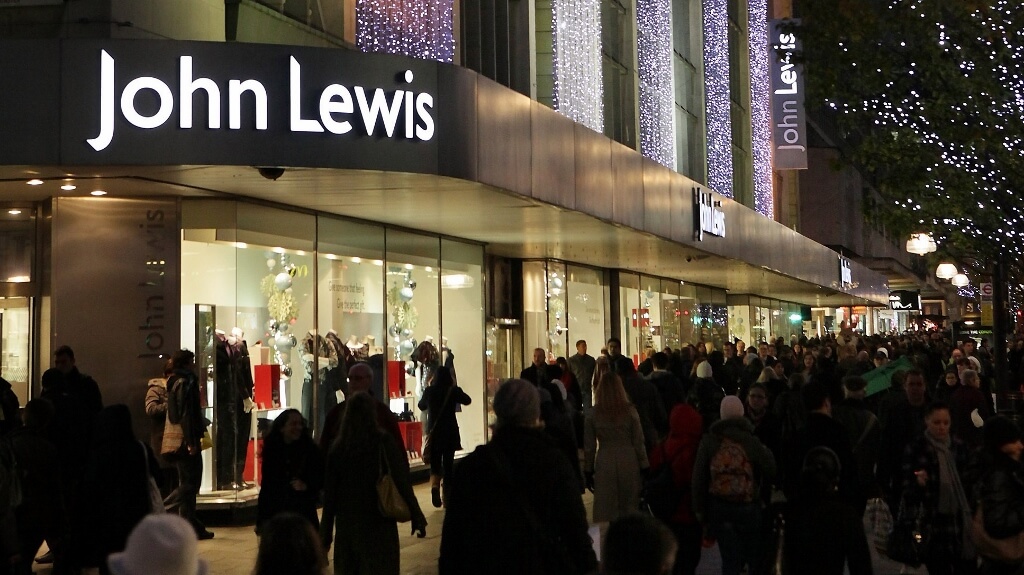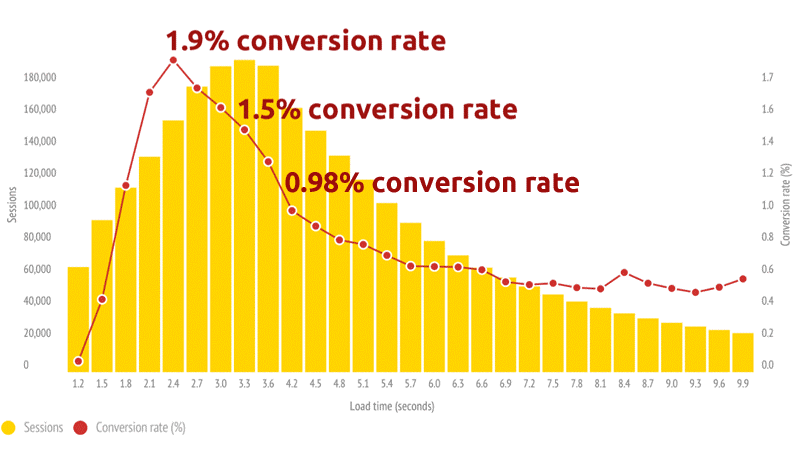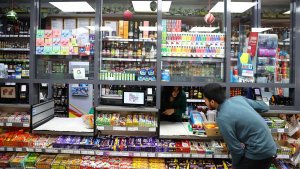As recently-posted Christmas sales figures reveal, the best-performing retailers are those that invested in their online offering. Those that didn't had to watch sales drift to their rivals.
How The Best Retailers Boost Performance Online
As recently-posted Christmas sales figures reveal, the best-performing retailers are those that invested in their online offering. Those that didn't had to watch sales drift to their rivals.

No sooner had the major retailers’ published their Christmas trading results, then the pundits and commentators alike were pouring over the figures to assess whom the perceived retail winners and losers were. Some retailers did remarkably well, others less so.
The measures by which a retailer’s performance was judged ranged from in-store footprint to online takings. While these measures are certainly valid, they don’t tell the whole story about a retailer’s performance.
There is another measure, ultimately linked to the bottom line that can radically alter a retailer’s online performance. That measure is conversion and when applied to a retailer’s digital assets, can often be the difference between a strong set of trading results and poor ones.
An Evolving Retail Landscape
The 2015 Christmas trading figures told their own story about the changing face of the retail sector. While retailers struggled to increase the number of people through their shop doors, it was a different story as far as online trading was concerned.
Most large retailers reported an increase in online trading to some degree. House of Fraser reported a 40% boost in its online sales during Black Friday and a 61.8% jump in online sales in the seven days before Christmas. John Lewis saw an increase in sales generated from mobiles and tablet devices of 31% and online sales accounted for a significant proportion of its overall revenue over the festive season.
Andy Street, managing director of John Lewis, was reported as saying that the role of the shop was absolutely critical in providing the online sales. If true, this suggests that customers continue to attach a high value to attributes such as experience and service.
In a shop setting, consumers’ questions, queries and expectations are handled by sales assistants. A good sales assistant knows how to use flattery, familiarity and friendliness to convert an inquiry or interest into a sale.
Successful conversions are due to the performance of talented individuals that take the time to understand the customer, their needs but above all their expectations. It’s no different online and yet the rewards are so much more.
All Roads Lead to Performance
To better understand the link between performance and conversion, it’s worth looking at what we mean by the term ‘performance’ and why performance matters. As any retailer will know, simply having a website is no longer enough.
Today’s consumer is far more savvy, demanding, fickle and vocal. It is the consumer that is calling the shots and setting the agenda as social media, smartphones and tablet devices dominate the way individuals engage and interact with retailers.
In an age of consumer empowerment, retailers risk incurring the wrath of consumers if their digital environment underperforms, lags or fails, with the consequential impact on their reputation.
Performance, in the context of an online environment, relates to the speed, reliability and availability of your site, irrespective of whether it is viewed on a desktop, a laptop or various mobile or tablet devices. Two seconds may sound like a fast load time but for many consumers it can seem an eternity. Once that perception takes hold, retailers often find they lose customers mid-site and the transaction is never completed.
The challenge for retailers is that e-commerce is no longer a single reference point. With the plethora of devices, operating systems and browsers, there are inevitably black spots and areas where performance doesn’t match up to expectations.
So, people using an Android device running KitKat operating system accessing your site via a Firefox browser may find your site performs adequately for their needs yet people accessing your mobile site from an iPhone 5 running iOS8 via Safari may have a different story to tell. Worse still, they may decide to share their story via social media.
All of a sudden performance matters and understanding how your site performs across different devices and operating systems will have a direct impact on the conversion ratio.
Milliseconds count – Converting the Performance Gains
Understanding how your users access your website, the user journey they embark on whilst navigating your site, the pages that they tend to linger on the most or visit more frequently allows retailers to plan with a higher degree of confidence.
At a stroke, retailers can adjust their IT resources to cater for not only periods of high online traffic but also compensate for the various devices that are being used to access the site and iron out any differences or irregularities in performance.
Crucially, this can help put retailers on the front foot, as they can concentrate their efforts on the key challenge – how to increase the conversion figure. The question that still remains is whether improving the performance of your site can really impact on the conversion rate.
The average online shopper visits a site 6.2 times, using 2.6 different devices, before completing a transaction. There is a view that mobile shoppers are tolerant of slow load times and that slow mobile load times don’t have a significant impact on conversions (and ultimately revenue). So, we decided to put that proposition to the test recently.
Working closely with a major online retailer, we looked at 30 days worth of the site’s mobile performance data, comprising almost 4.5 million mobile user sessions. These sessions were plotted on a graph that showed distribution according to load time. Then we overlaid that graph with a line graph showing the average conversion rate for each cohort of pages along that load-time distribution. The results spoke for themselves.
Pages that loaded in 2.4 seconds, on average, enjoyed the peak conversion rate (1.9%) during this 30-day span. This was the performance sweet spot. It should be noted that a 1.9% conversion rate for mobile is pretty respectable.
This number approaches being commensurate with a typical desktop conversion rate of 2-3%, which we usually see for retail sites. However improving the page load time by just 1 second resulted in a 27% conversion rate increase. For any retailer, this could mark the difference between an average trading period and a phenomenal one.
Performance is Everything
If there are any lessons to learn from Black Friday or the Christmas trading season, it is that managing expectations is central to a successful and profitable online operation. In the digital environment, customer experience and service are driven by a deep understanding of page load times, availability and how these impact on your end users.
Performance matters and this is particularly the case online. While each retailer’s digital estate is invariably different, the principles behind converting online customers remain the same.
The impact that a poorly performing site has on user behaviour cannot be overlooked or ignored. As the pundits and commentators sharpen their pencils for the next round of seasonal trading results, retailers may wish to consider how they can improve their standing. A re-evaluation of online performance may hold the answer to improving online conversions and driving revenue. After all performance is everything.
Chris Addis is VP and general manager EMEA at SOASTA
Thanks for signing up to Minutehack alerts.
Brilliant editorials heading your way soon.
Okay, Thanks!





